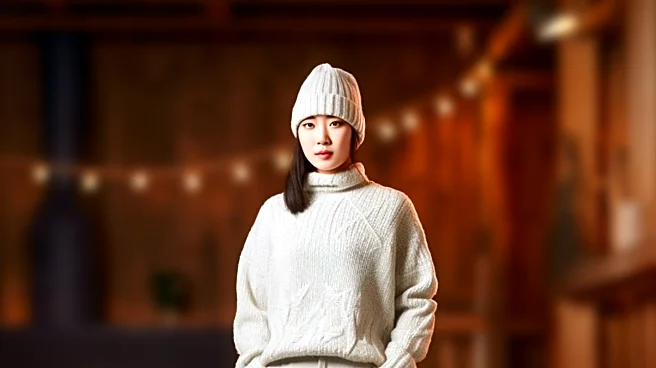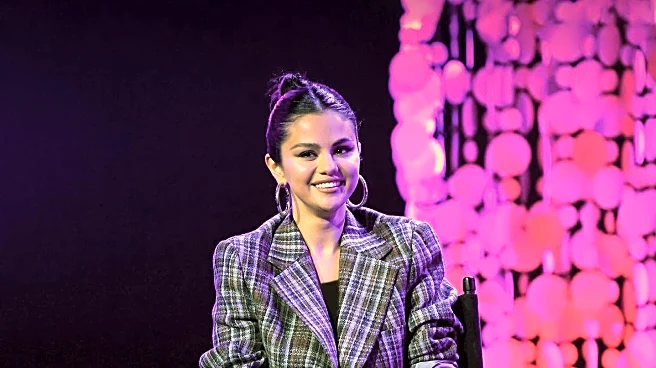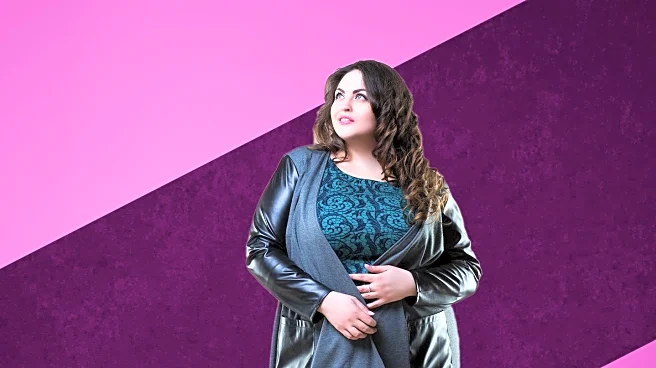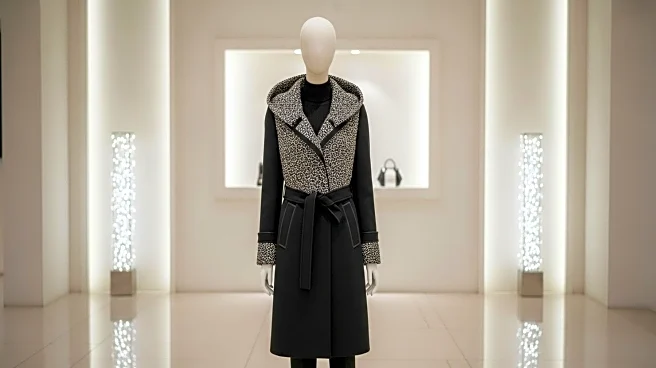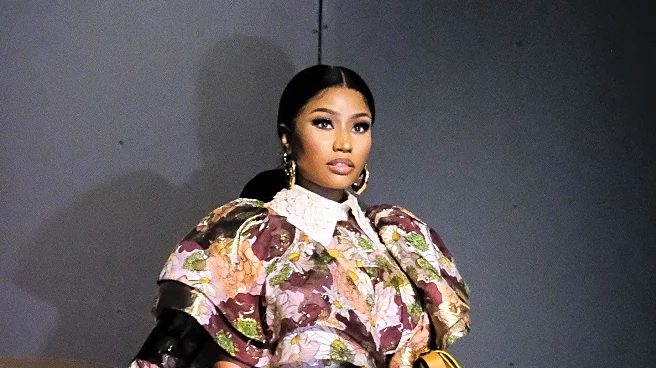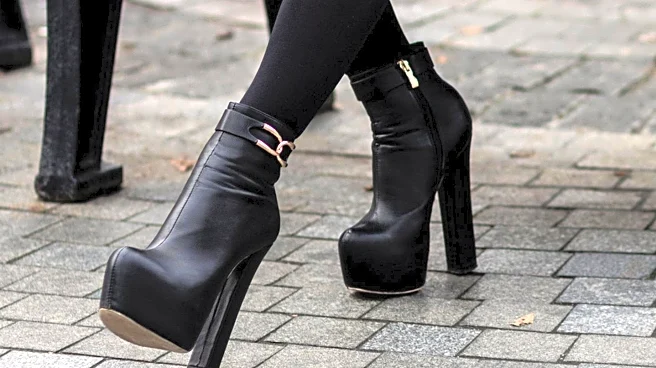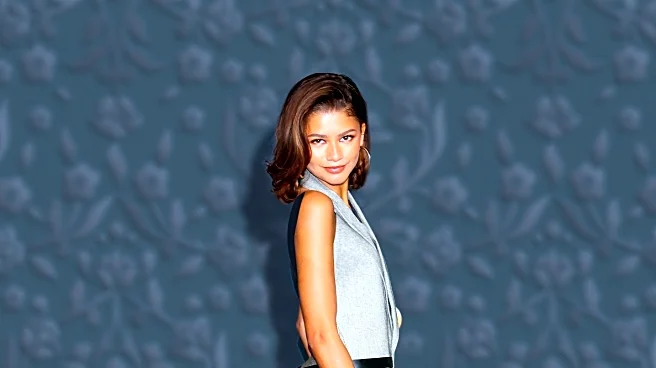What's Happening?
The fashion industry is focusing on fall staples that are particularly popular among women over 50. According to recent recommendations, items such as lightweight vests and puffers are gaining traction. A specific vest from Uniqlo, which combines style and functionality, is highlighted for its versatility. It is available in multiple colors and sizes, featuring pockets, a quilted design, and a casual silhouette. The vest also boasts a water-repellent finish and static-resistant lining, making it a comfortable choice for the season. Additionally, classic tees from Hanes are recommended for layering, praised for their ultra-soft cotton fabric.
Why It's Important?
This focus on fall fashion staples for women over 50 reflects a growing trend in the fashion industry to cater to diverse age groups. By highlighting versatile and functional clothing, the industry is addressing the specific needs and preferences of older women, who often seek comfort without compromising style. This shift can lead to increased inclusivity in fashion, encouraging brands to expand their offerings and marketing strategies. As the demographic of women over 50 continues to grow, their purchasing power becomes increasingly significant, potentially influencing fashion trends and retail strategies.
What's Next?
Fashion brands may continue to innovate and expand their product lines to cater to older demographics, potentially leading to collaborations with influencers or designers who specialize in this market. Retailers might also adjust their marketing strategies to better reach this audience, emphasizing comfort, style, and functionality. As the demand for age-inclusive fashion grows, it could result in more diverse runway shows and advertising campaigns, showcasing a broader range of models and styles.
Beyond the Headlines
The emphasis on fashion for women over 50 could also spark discussions about ageism in the industry, challenging stereotypes and promoting a more inclusive representation of beauty. This trend might encourage other sectors to reconsider how they engage with older consumers, leading to broader societal shifts in how age is perceived and valued.


